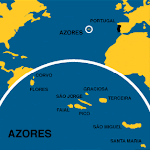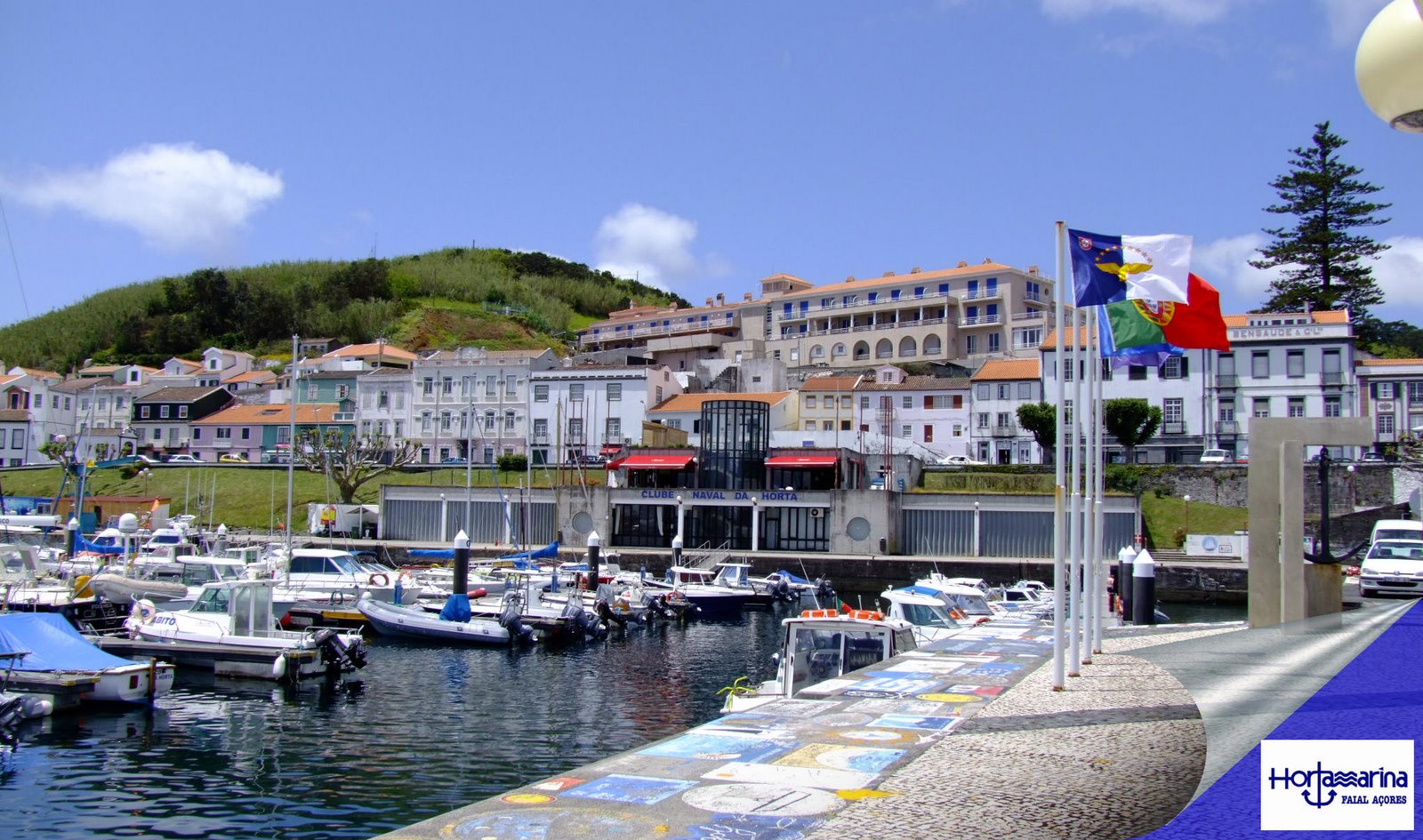A Man for Off-Season
".....As it was, Faial was even lovelier and lusher than Sao Miguel, 40 minutes away by air, and the thought that I'd done anything to detract from its beauty was disconcerting.
Mount Guia, the remains of a volcano, separates Horta's waterfront into two bays, while a vast green crater sits in the island's center. Small houses with tidy gardens and stone roofs dot the coast, and everywhere there are cows. If they ever mobilized, the bovines could easily overtake the population of 15,000.
In September 1957, an underwater volcano began erupting near the Capelinhos lighthouse, on Faial's western tip. The event, which lasted more than a year, forced 2,000 from their homes (many fled to the United States) and added more than a square mile to the island. Somehow, the lighthouse survived.
Today it's part sentry to the past, part parents' nightmare. The structure is breathtakingly accessible; you can't climb to the top of the beacon, thank goodness, but you can poke around its partially demolished base. Just a few yards away, there's a precipice plunging to the Atlantic that would stop any mother's heart, and the black sand covering the landscape takes flight at the slightest provocation. When subtle stinging became full-fledged dermabrasion, we fled.
In contrast to the moonscape at Capelinhos, Horta is a seafarer's-seafarer sort of place, with a harbor filled with workaday fishing boats, whale-watching vessels and multimillion-dollar yachts. There's a small business district and a market, but the town's real charm lies in the waterfront promenade -- complete with fountains and the requisite dead guys on podiums -- running its length.
In one plaza, sailors have left behind graffiti on walls; it would look like a mass invasion by vandals in most spots, but here it's endearing. Elsewhere, stones have been set into sidewalks in the shape of sailboats, anchors and other maritime images. We always stepped over them, as if to preserve great works of art. And in a way, they were. ......................."
In September 1957, an underwater volcano began erupting near the Capelinhos lighthouse, on Faial's western tip. The event, which lasted more than a year, forced 2,000 from their homes (many fled to the United States) and added more than a square mile to the island. Somehow, the lighthouse survived.
Today it's part sentry to the past, part parents' nightmare. The structure is breathtakingly accessible; you can't climb to the top of the beacon, thank goodness, but you can poke around its partially demolished base. Just a few yards away, there's a precipice plunging to the Atlantic that would stop any mother's heart, and the black sand covering the landscape takes flight at the slightest provocation. When subtle stinging became full-fledged dermabrasion, we fled.
In contrast to the moonscape at Capelinhos, Horta is a seafarer's-seafarer sort of place, with a harbor filled with workaday fishing boats, whale-watching vessels and multimillion-dollar yachts. There's a small business district and a market, but the town's real charm lies in the waterfront promenade -- complete with fountains and the requisite dead guys on podiums -- running its length.
In one plaza, sailors have left behind graffiti on walls; it would look like a mass invasion by vandals in most spots, but here it's endearing. Elsewhere, stones have been set into sidewalks in the shape of sailboats, anchors and other maritime images. We always stepped over them, as if to preserve great works of art. And in a way, they were. ......................."
John Deiner, in The Washington Post, 18/03/2007
picture by Rev
Ps.-se quiserem ler o artigo todo, visto que fala também do Pico e de São Miguel, aqui fica o Link: http://www.washingtonpost.com/wp-dyn/content/article/2007/03/16/AR2007031600749.html
























Sem comentários:
Enviar um comentário